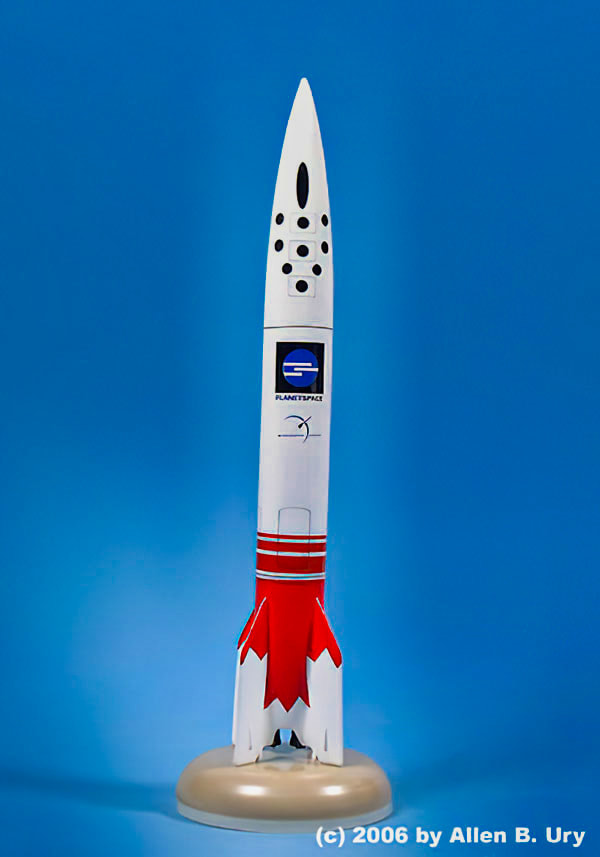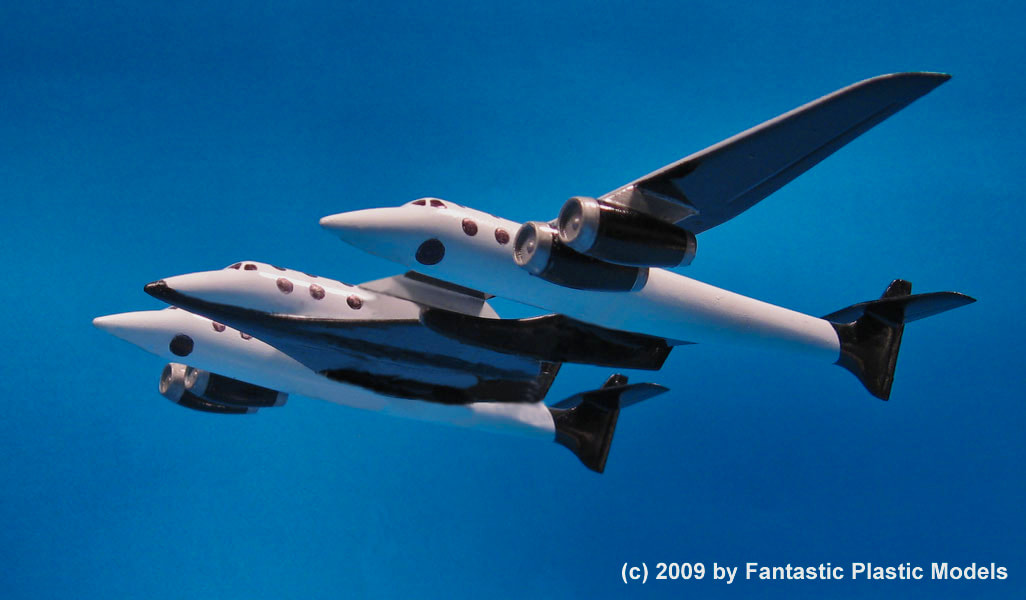Spacecraft & Missiles - 2000s
The first decade of the 21st Century was a transitional time for manned space efforts. On February 1 2003, the Space Shuttle Columbia broke up upon re-entry, effectively marking the end of America's space shuttle program. Although the surviving shuttles would fly a limited number of subsequent missions, NASA was finally forced to seriously look beyond the aging Shuttle, ultimately deciding the replace this costly 1970s-era craft with a more modern, cost-effective system, the Crew Exploration Vehicle (CEV).
Also in February 2003, China launched its first manned space craft, the Shenzhou-5, providing the U.S. with its first serious rival for extra-terrestrial domination since the end of the Space Race in the late 1960s.
And in 2004, the launch of Burt Rutan's Space Ship One suggested that the future of manned space flight may not lie with governments at all, but with private industry. As of this writing, both Rutan's partner, Virgin Airlines, and other private companies are developing plans to make space tourism accessible to the public.
Also in February 2003, China launched its first manned space craft, the Shenzhou-5, providing the U.S. with its first serious rival for extra-terrestrial domination since the end of the Space Race in the late 1960s.
And in 2004, the launch of Burt Rutan's Space Ship One suggested that the future of manned space flight may not lie with governments at all, but with private industry. As of this writing, both Rutan's partner, Virgin Airlines, and other private companies are developing plans to make space tourism accessible to the public.


